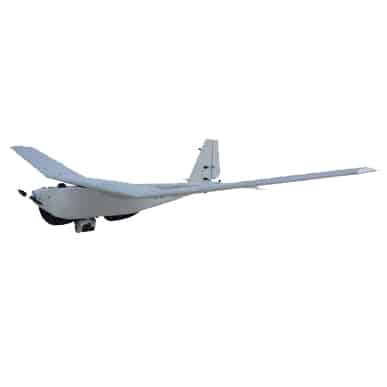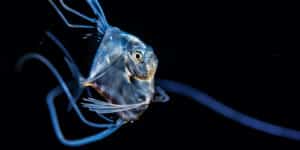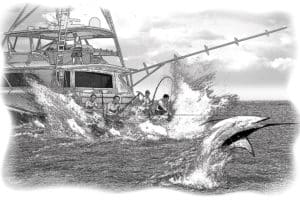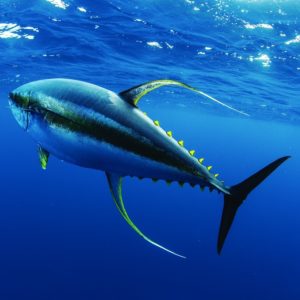
Puma AE Drone
Our national government uses drones to spy on potential terrorist suspects. Scientists operate unmanned aircraft to study nature from above. And in Australia, unmanned drones are set to patrol the beaches for sharks during the summer months. The eye in the sky is a valuable commodity.
But growing reports suggest that NOAA Fisheries, the Coast Guard, and state agencies like the Florida Fish and Wildlife Conservation Commission are utilizing unmanned drones for a different purpose — to spy on you during your fishing trips. Each of these agencies has the ability to deploy drones and issue tickets for federal fishing violations.
“We are currently studying the effectiveness in drones and how much we want to invest in them,” said Otha Easley, a supervisory criminal investigator at NOAA’s Southeast Enforcement Division. Easley was speaking with a writer at The Bradenton Herald. “There have been citations for different restrictions such as no fishing zones, no motor zones, and fishery violations. A vessel can be observed by drone, airplane or vessel, and often times this requires the officers to investigate first hand to confirm a violation.”
In October 2012, a report by the FWC Division of Law Enforcement cited work with drones:
The vessel Peter Gladding and crew along with NOAA officials spent six days in the Dry Tortugas testing an unmanned, remote-controlled drone called the Puma AE. The Puma AE captures images, video, and has infrared capabilities. During the test flight, it was used to map corals, locate turtles and track migrating birds.
While in flight, the small aircraft Puma AE is extremely stealthy and can barely be seen or heard. It can be launched, operated, and recovered from small vessels. Because of its numerous attributes, officers were quick to realize that the aircraft is also perfect for law enforcement applications. The operation concluded with officers Martin Messier, Raul Pena-Lopez, and Josh Peters issuing two federal citations.
- The first citation was issued onboard a diving vessel operation that illegally entered, moored, and conducted diving activity within the Tortugas North Ecological Reserve without an access permit.
- The second citation was issued on a sailing vessel actively fishing illegally within the Tortugas South Ecological Reserve.
Most fishermen I know feel like there’s never enough law enforcement on the water. Drones could make up for that lack of manpower, if used properly. As an example, the tiny Pacific-island nation of Palau wants to protect its waters from illegal commercial fishing using drones.
Still, common sense suggests that drone surveillance must be some sort of invasion of privacy. (Heck, many anglers are attracted to the sport of fishing because of its solitude.) No matter what, if drone surveillance does increase, my guess is the outdated practice of “fillet-and-release” will quickly go away.







